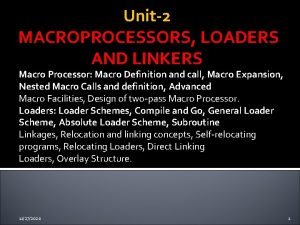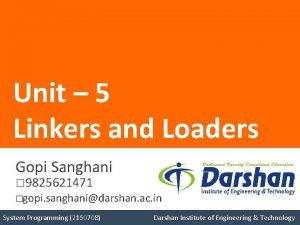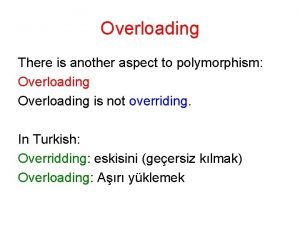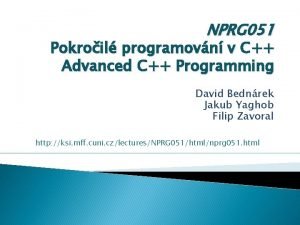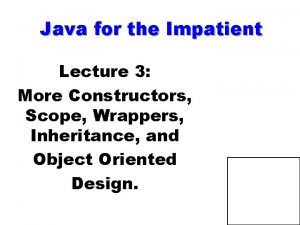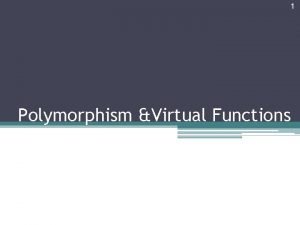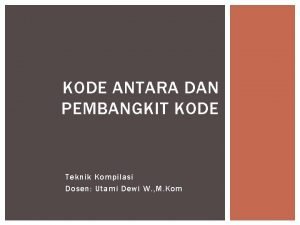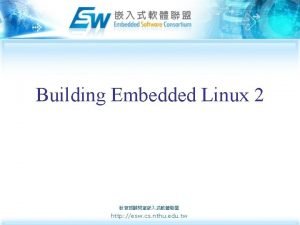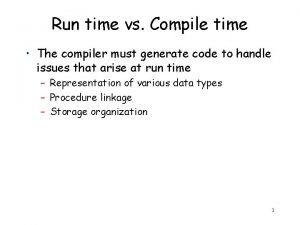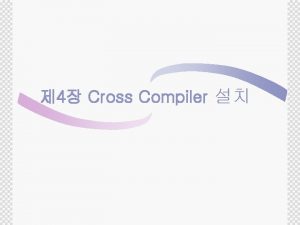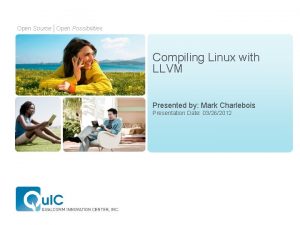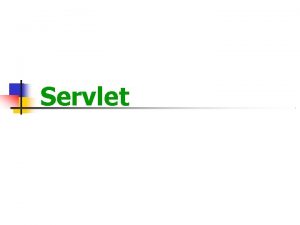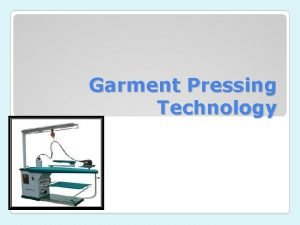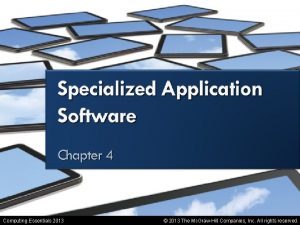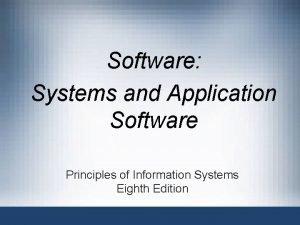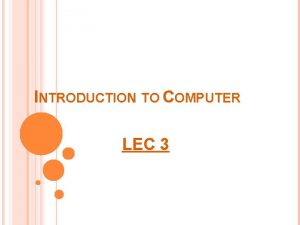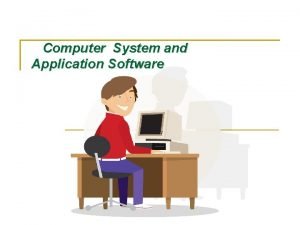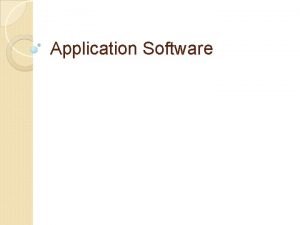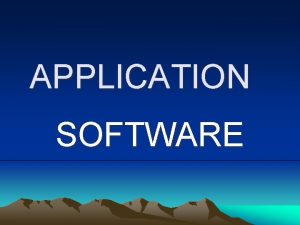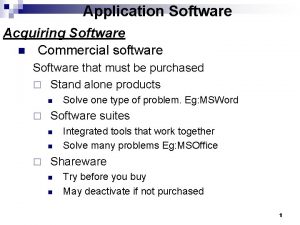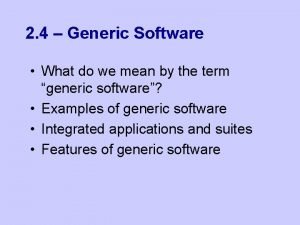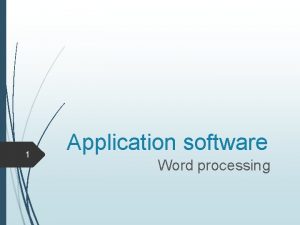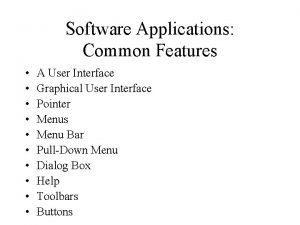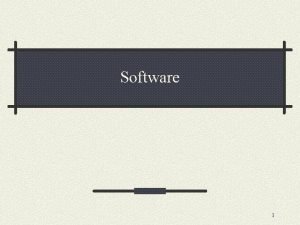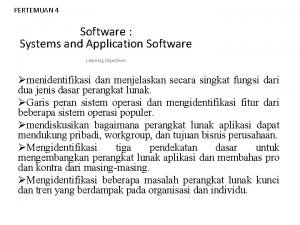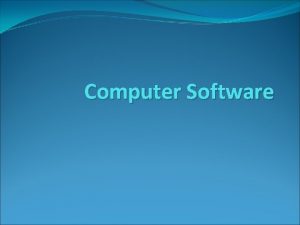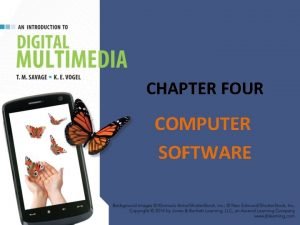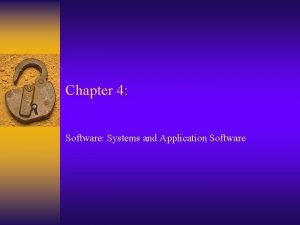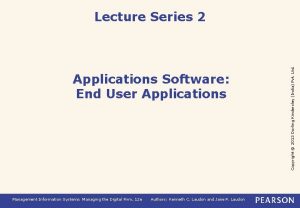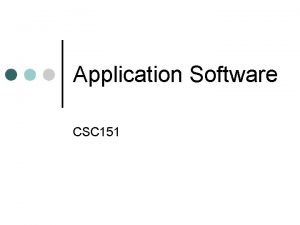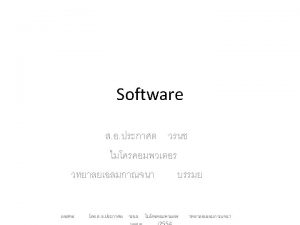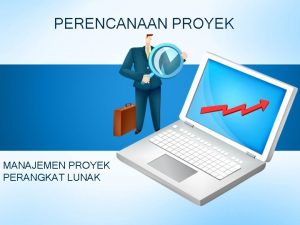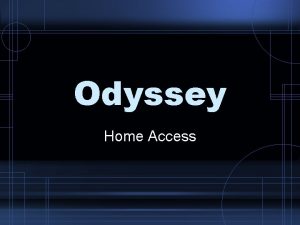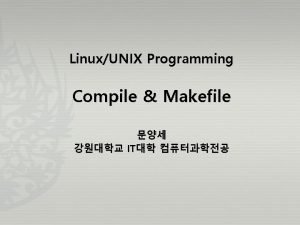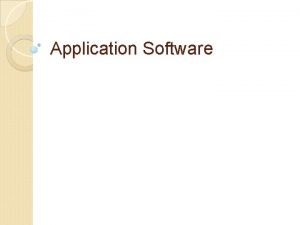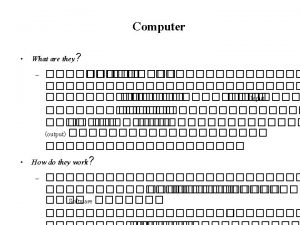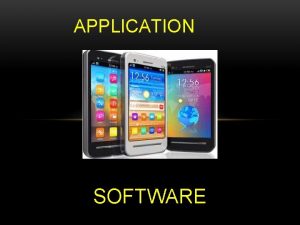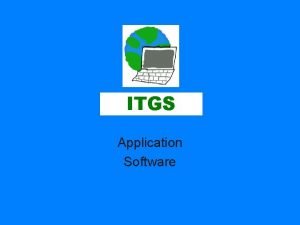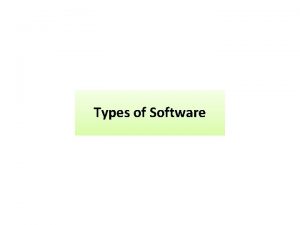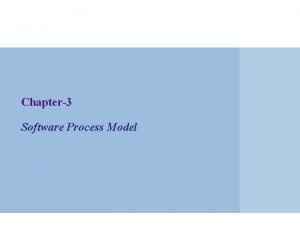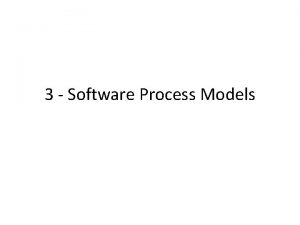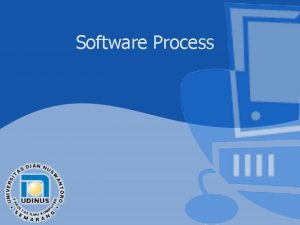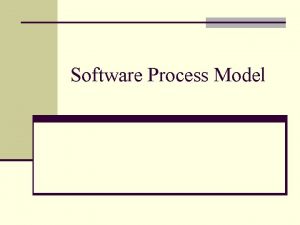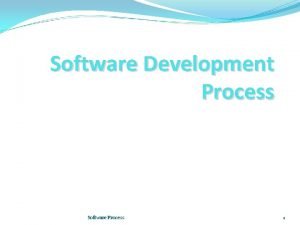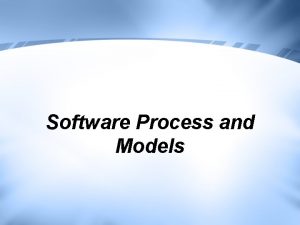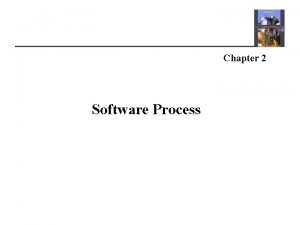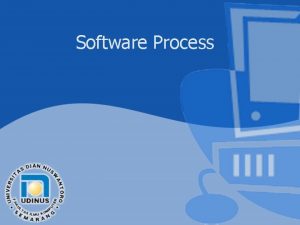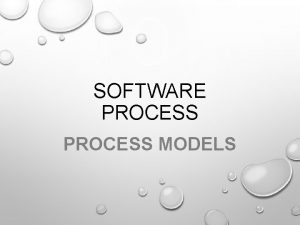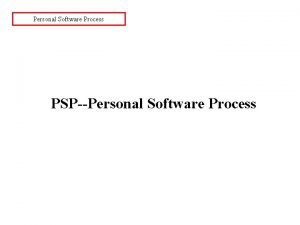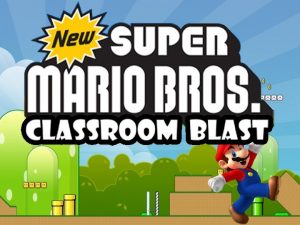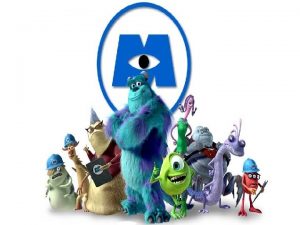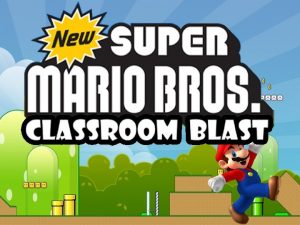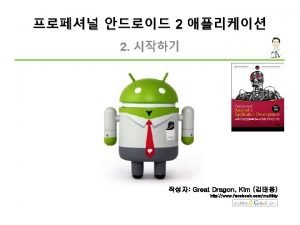Software Technology Points z Compile process z Application







































- Slides: 39

Software Technology

Points z. Compile process z. Application Systems z. System software y. Operating system/network access y. Utilities y. User interface environments y. Languages & development tools (CASE) y. Databases

Software Classification APPLICATION DEVELOPMENT SYSTEM

Primacy of Software, not hardware, determines the actions of a computer. Source Code: program code intended to be written or read by people Machine Code: programs in binary form using the computer instruction set

How Software Works: Step 1

How Software Works: Step 2

How Software Works: Step 3

How Software Works: Step 4

Computer Languages z. Language Translation Method yinterpreter ycompiler z. Level of Abstraction ysecond-generation ythird-generation yfourth-generation z. Procedural Versus Nonprocedural z. Command/Data or Object-Oriented

Generations First - Machine language Second - Assembly language Third - High-level languages (COBOL, FORTRAN, BASIC, C, C++, Java, Ada) Fourth - 4 GL (Focus, RAMIS, SQL) Fifth - Natural languages

System Software z. Operating System yprovide an easier user interface ymanage system resources ysupport multiple tasks and multiple users z. Systems Utilities

Types of Interfaces z. Command- oriented interfaces yprompt the user to type in a command that is translated into an instruction for the program to follow z. Menu- driven interfaces yoffer a list of choices or options, called a menu, as a way of letting a user choose from several different commands or functions

Types of Interfaces z. Natural Language interfaces yallow the user to input simple English statements that are translated into commands by the program. z. Graphical User Interfaces (GUI’s)

Operating System Functions z. Booting z. Housekeeping Tasks (formatting, coordinating) z. Managing Computer Resources (memory and devices) z. Managing Files (i. e. , copy, erase) z. Managing Tasks

OS Components APPLICATION PROGRAMS SYSTEM PROGRAMS (COMPILERS, etc. ) MEMORY OPERATING SYSTEM MACHINE LANGUAGE KERNEL MICROPROGRAMMING ROM PHYSICAL EXECUTION CPU

Types of Tasks z. Multitasking y 2 or more programs yuser concurrently on same computer with same CPU z. Multiprogramming y 2 or more programs ymultiuser operating system, shared CPU z. Multiprocessing ymultiple CPUs

Memory Management

Virtual Memory PAGE NUMBER + OFFSET PAGE TABLE FRAME NUMBER + OFFSET PAGE TABLE Pages Page Frames

Addresses z Physical address: actual memory location. NEEDED BY THE CPU z Relative address: offset from a reference physical address. NEEDED BY THE OPERATING SYSTEM z Logical address: address within a programmed unit (e. g. page). NEEDED BY APPLICATION PROGRAMS

Systems Software z. Network Operating Systems ydirecting instructions ycommunicating with the network ysecurity services ydirectory services ydevice management

Workstation Functions REDIRECTION APPLICATION OPERATING SYSTEM CPU NETWORK INTERFACE NIC

Client Functions z. Application execution Fat and thin clients z. Network access Network software and hardware (NIC) z. Application software maintenance z. Remote resources

Client NOS Software Directs requests from the Client to the network

Server Functions z. Shared resources File and print services z. Application management z. Network operating system z. Access to the network Higher layer functions z. Security z. Backup and professional support

Server NOS Software Manages central services and external interfaces • Directory services • Translation protocol

Access z. Centralized y. Legacy applications z. Client/Server y. Scalability y. Ownership y. Management z. Web y. JAVA, etc.

Centralized Model

Client/Server Model z. Two-tier z. Three-tier z. Multitier

Web Model

Mindshare Ownership

Client Focus Bill Gates

Net Focus Larry Ellison

Issue: Desktop Ownership z. Who controls the desktop z. Standardization and version management z. Distribution z. Payment for access

Application Software z. Make or Buy z. Integrated Solutions or Best of Breed z. Preparing for the Year 2000 z. Application Software Life Cycle SDLC Rapid Application Development

Development Environments z. Desktop Systems z. Code Generators z. Development Systems and CASE Tools z. Middleware and other user environments

Integrated Solutions (ERP)

Year 2000 z. Replace Existing Software with Year 2000 Compliant ERP Products z. Repair Legacy Products z. Use Automated Tools z. Build Software that Will Intercept and Convert Dates as They Are Entered, Stored, or Output

Software Acquisition z. Create z. Purchase y. Product y. Contract development z. Lease y. Seat y. Station

1+1=2
 Rld cards contain information about
Rld cards contain information about Relocation and linking concepts
Relocation and linking concepts Difference between compile time and runtime
Difference between compile time and runtime Compile time polymorphism in c++
Compile time polymorphism in c++ Constructor
Constructor Compile time polymorphism in c++
Compile time polymorphism in c++ Contoh soal ekspresi reguler automata
Contoh soal ekspresi reguler automata Notasi quadruples
Notasi quadruples Arm bootloader tutorial
Arm bootloader tutorial Build time vs compile time
Build time vs compile time 크로스 컴파일이란
크로스 컴파일이란 Compile linux kernel with clang
Compile linux kernel with clang Application software and system software difference
Application software and system software difference Is an os system software or application software
Is an os system software or application software Brand frame of reference
Brand frame of reference Points of parity and points of difference
Points of parity and points of difference What is javax.servlet.servlet mcq
What is javax.servlet.servlet mcq Pressing garment
Pressing garment Advantages and disadvantages of hurdle technology
Advantages and disadvantages of hurdle technology What is specialized application software
What is specialized application software Application software explanation
Application software explanation Special purpose application software
Special purpose application software Application program software
Application program software Graphic/multimedia software
Graphic/multimedia software Unlike application software programs
Unlike application software programs Commercial application software
Commercial application software Software system
Software system Generic software definition
Generic software definition Is word a software application
Is word a software application Common features of application software
Common features of application software System software is divided into
System software is divided into Workgroup application software
Workgroup application software Application software interface
Application software interface Four types of application software
Four types of application software Application software information
Application software information U word
U word A software consists of
A software consists of Spyware
Spyware Contoh wbs proyek perangkat lunak
Contoh wbs proyek perangkat lunak Odyssey application software
Odyssey application software
